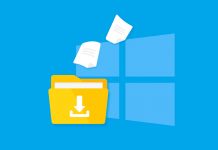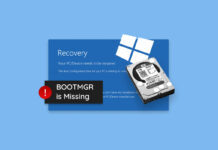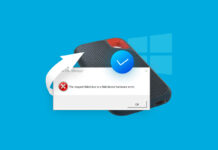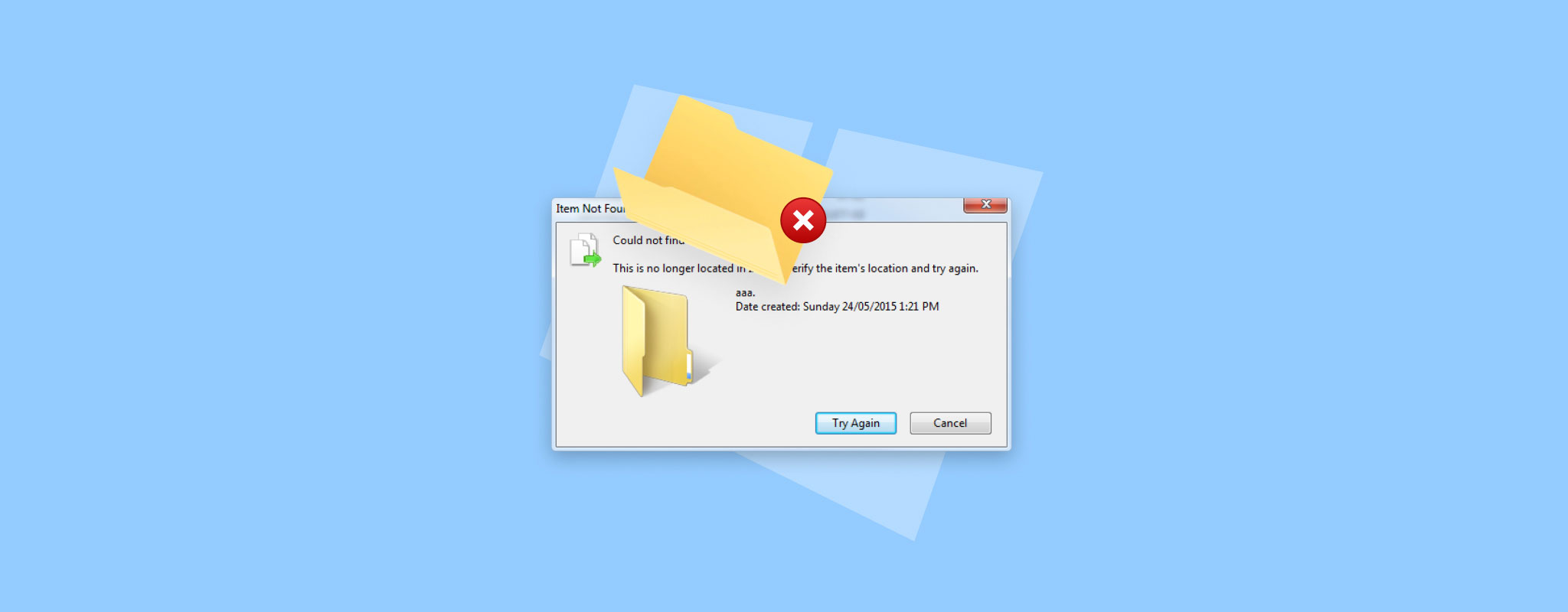 Opening folders is an integral part of any Windows user’s workflow. So if you can’t open folders in Windows, it can directly affect your productivity and get you stuck, unable to access your files. Luckily, there are a couple of methods you can try to fix the problem.
Opening folders is an integral part of any Windows user’s workflow. So if you can’t open folders in Windows, it can directly affect your productivity and get you stuck, unable to access your files. Luckily, there are a couple of methods you can try to fix the problem.
From quick fixes to other troubleshooting tips, this guide will explain everything you need to know to access your folders again.
Why Folders May Not Open on Windows
The File Explorer lets you access different directories on your computer’s storage devices. If you double-click a folder but it’s not opening, then it’s likely caused by any of the following:damage to system files of the Windows OS, a malware attack, or a bug in File Explorer, among others.
Additionally, Windows cannot open the folder if the file you’re trying to open is corrupt or your software update has some errors. But sometimes, it might just be a glitch, and you need to try opening your folder again or restarting your device.
How to Recover Files from Folders that You Can’t Open
As with any other error that causes folders not opening on Windows, some of the fixes may result in partial or complete data loss. Therefore, it’s best to back up important files before proceeding.
However, since your folders won’t open, it’s recommended to use third-party data recovery software to safely extract your data.
Disk Drill is a data recovery program available for Windows that can quickly scan and restore your files from one drive to another. It can recover any file, including documents, videos, audio, and photos, among other file types. For the free trial version, you can get up to 500 MB worth of recovered files on Windows.
Here’s a quick, step-by-step guide on how you can use Disk Drill to get your files before fixing inaccessible folders on Windows:
- First, download the Disk Drill installer from the official website. Then, launch and install the app. Note that if the File Explorer won’t open, you have to open the installer using the Downloads window of your browser.
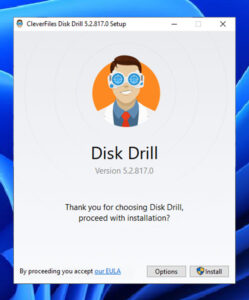
- Next, open Disk Drill. On the main screen, you have to select the drive where your inaccessible folder is. Select the storage device and click Search for lost data to start the scan.
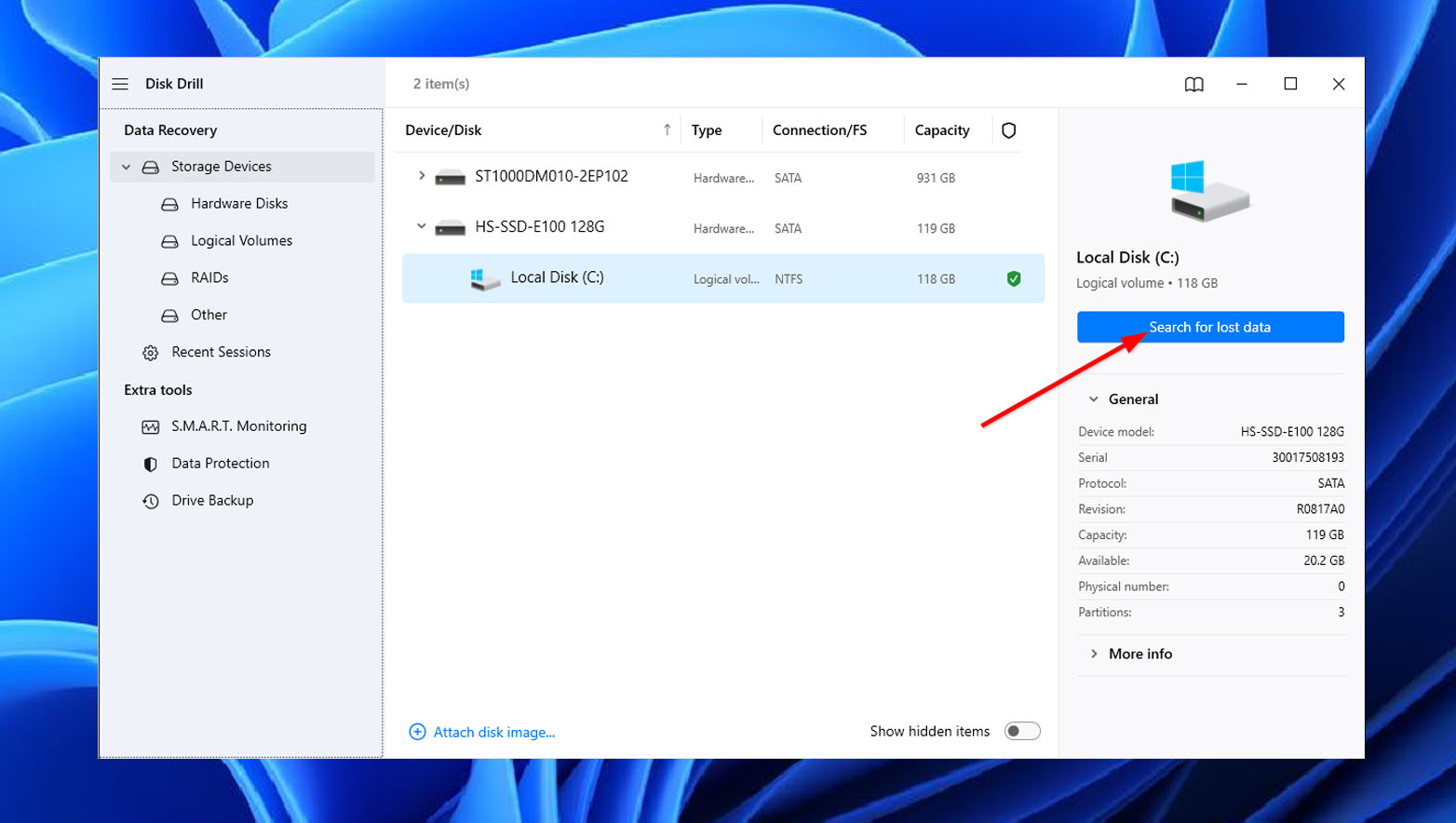
- You can preview the files that Disk Drill has scanned so far. Simply select which file category you want to check, or click Review found items on the top-right corner of the window. Otherwise, you can let the scan finish first.
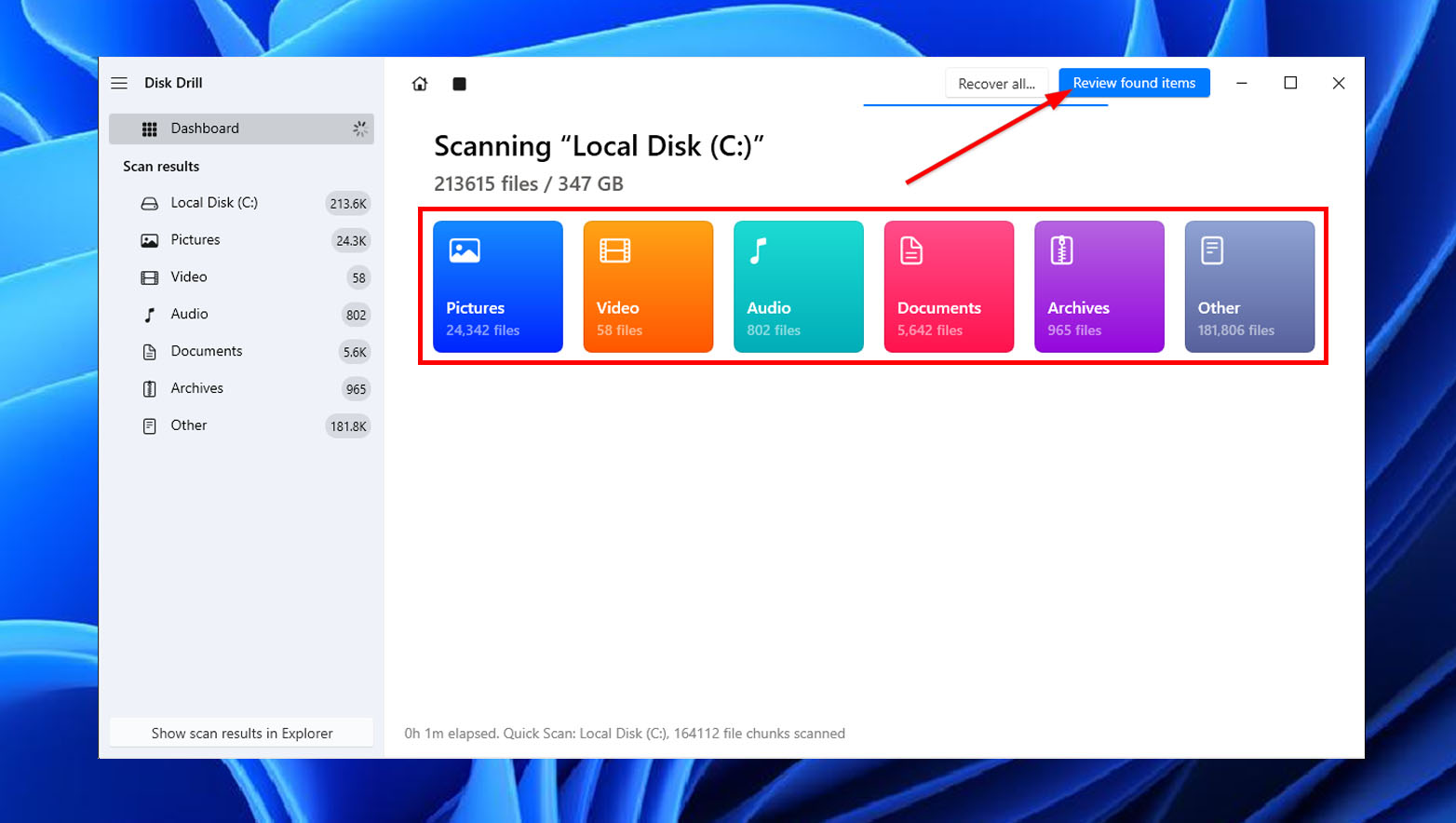
- After the scan finishes, click Review found items to view the files that Disk Drill scanned.
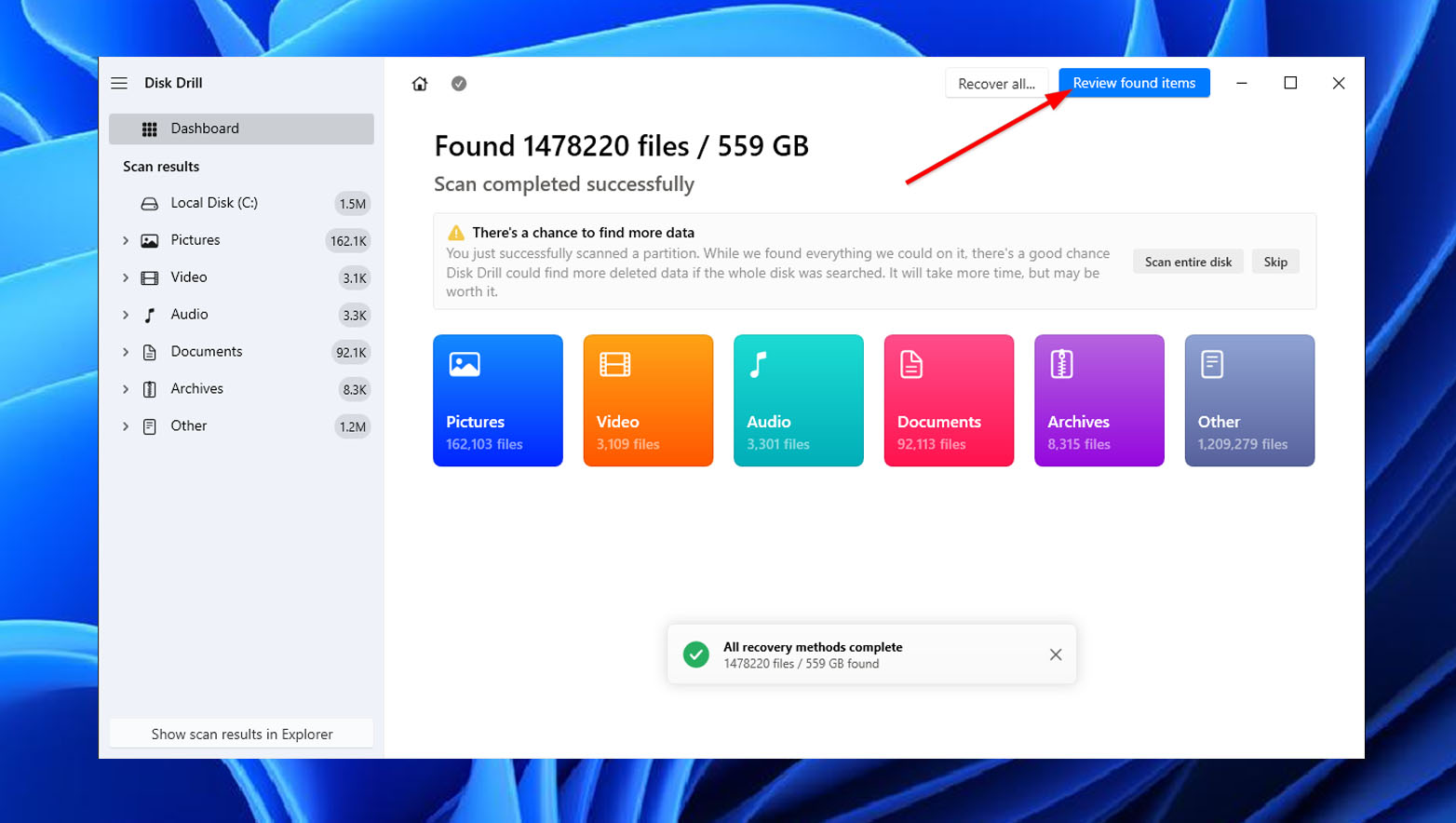
- After that, you will see the recoverability score of each file beside its file name. Select all the files that you want to back up and click Recover.
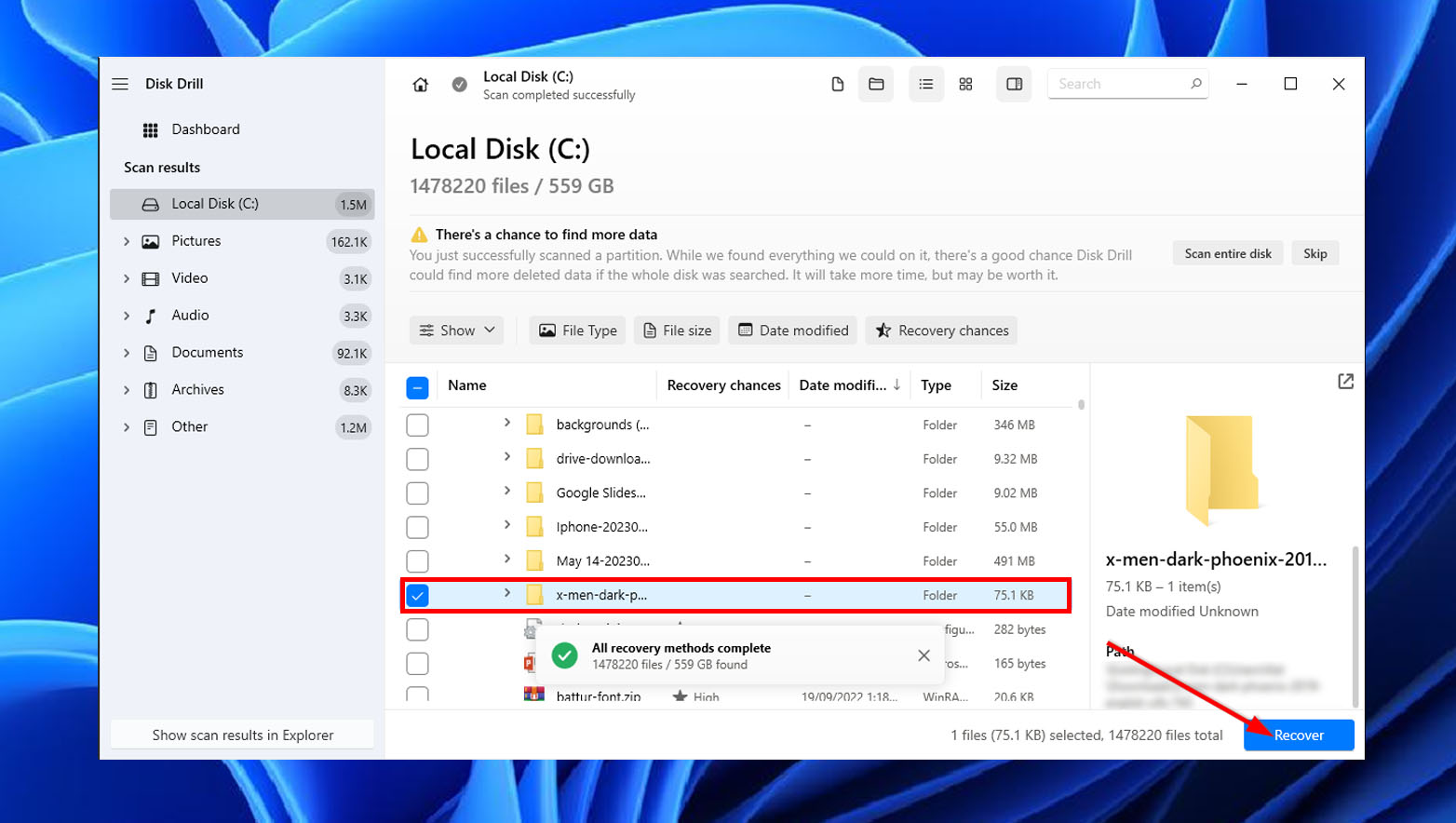
- Choose where you want to store your files and click OK. Make sure that you set the file location on a different drive. After setting the location, click Next. Disk Drill will then proceed to recover and store your files in the designated location.
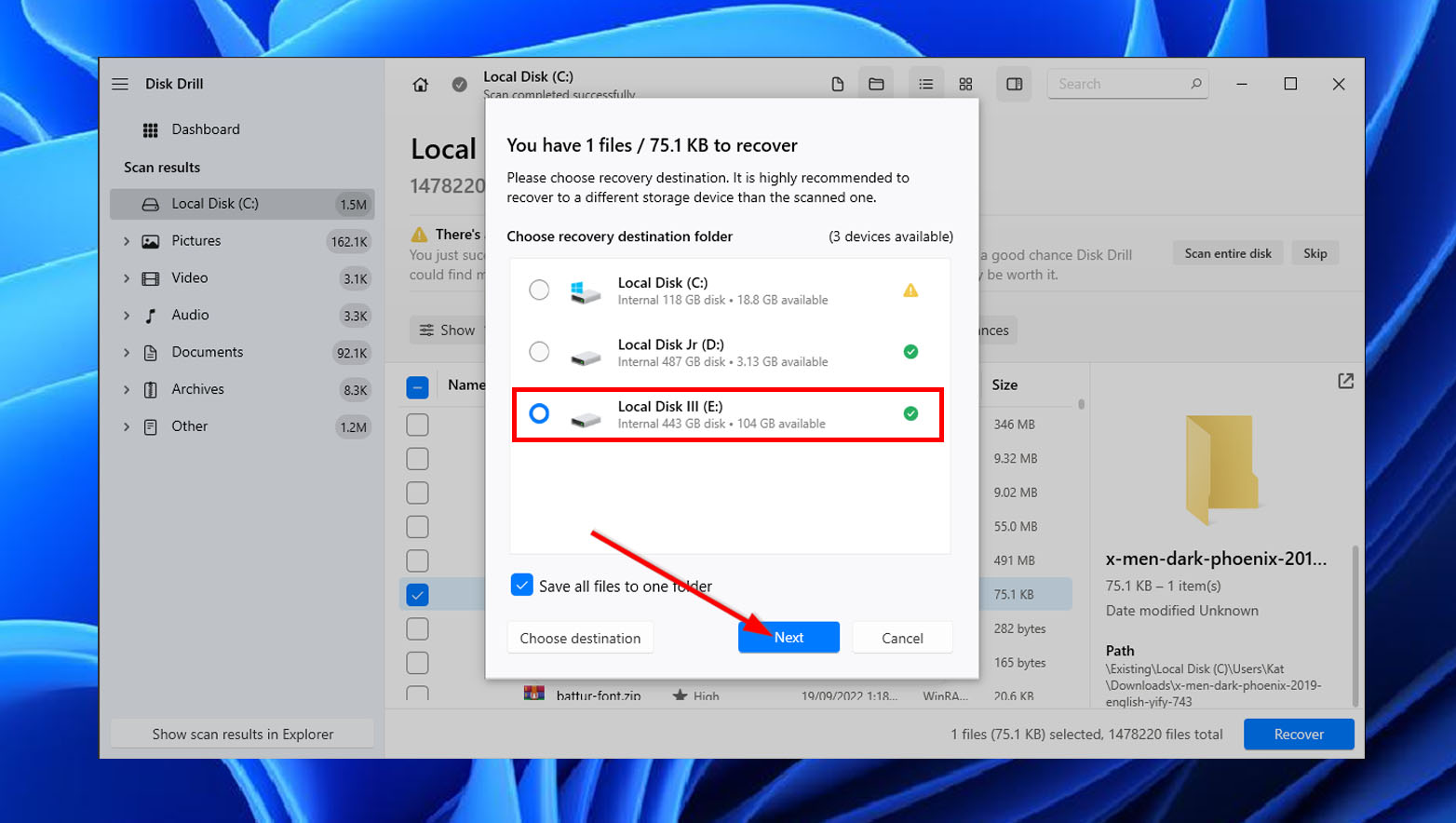
- Once Disk Drill has finished recovering, the app will notify you if the recovery was successful. Click Show recovered data in Explorer to check your files.
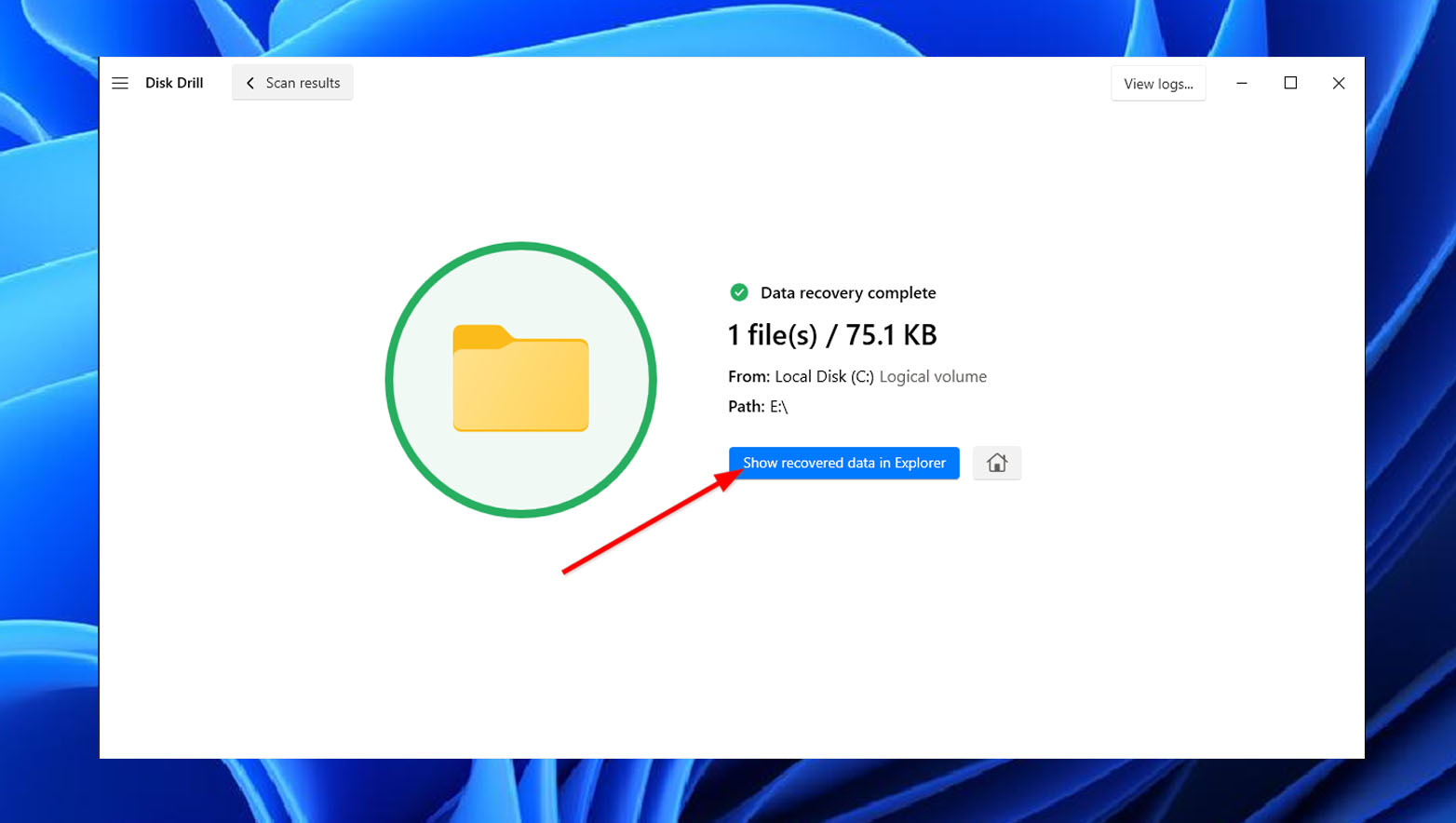
How to Restore Your Ability to Open Folders
Once your files are backed up, you can now try different methods to resolve the “double click won’t open files Windows” problem. We will list the simplest and fastest checks first and move towards options that are guaranteed to resolve the issue but have obvious drawbacks.
Method 1: Try to Open Explorer With Other Windows Tools
Double-clicking on the folder you want to open or clicking on the Explorer icon in the taskbar are not the only ways to open File Explorer on Windows. You can try out other Windows tools to open your folder if double click is not working:
Try other Windows tools, such as the Run dialog box or the command prompt, to open your folder. Here’s what you can do:
- Run dialog box: Press the Windows key + R > type explorer and press Enter.
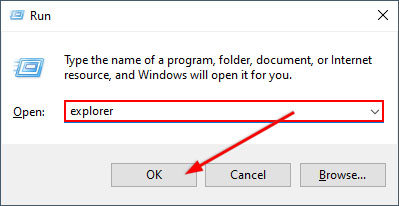
- File Explorer keyboard shortcut: Press the Windows key + E to check if it can open the Explorer window.
- Command Prompt/PowerShell: Open Command Prompt or Windows PowerShell in Administrator mode. Then, type and enter explorer.
Method 2: Restart the Windows Explorer Process
Windows Explorer handles several utilities, including File Explorer. Restarting the process can fix boot problems and others that cause the File Explorer process to crash or cause the “folder not responding” issue.
To restart the Windows Explorer Process, simply follow the steps outlined below:
- First, open the Task Manager by searching it in the Start Menu or pressing Ctrl + Shift + Esc.
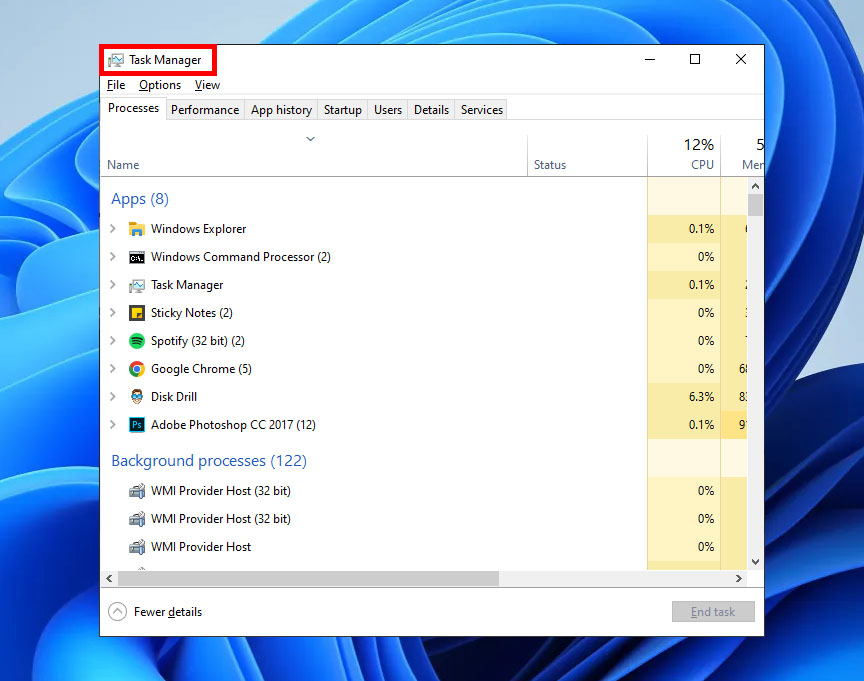
- Scroll down until you find the Windows Explorer process in the list.
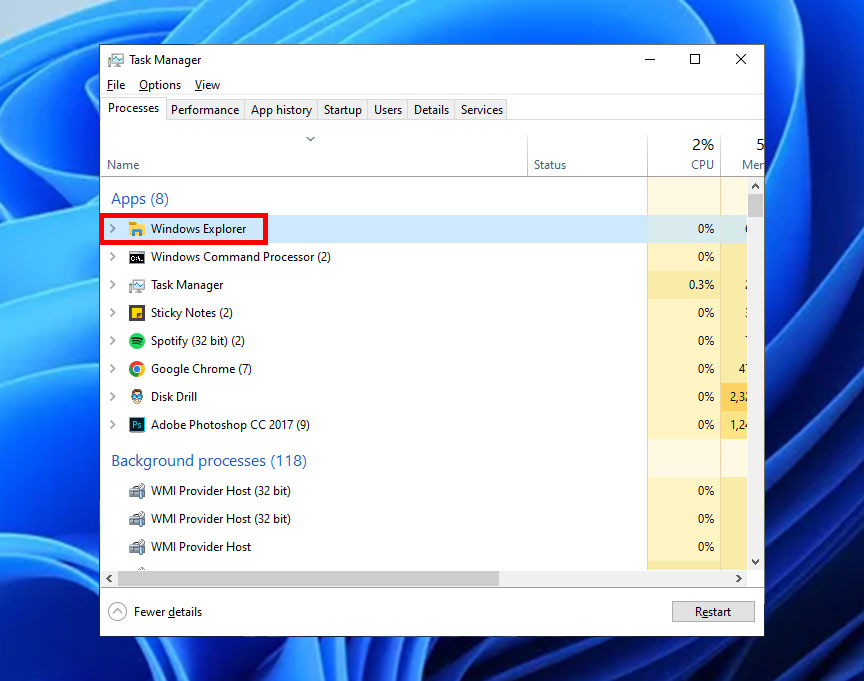
- Next, right-click on the process and select Restart from the drop-down menu.
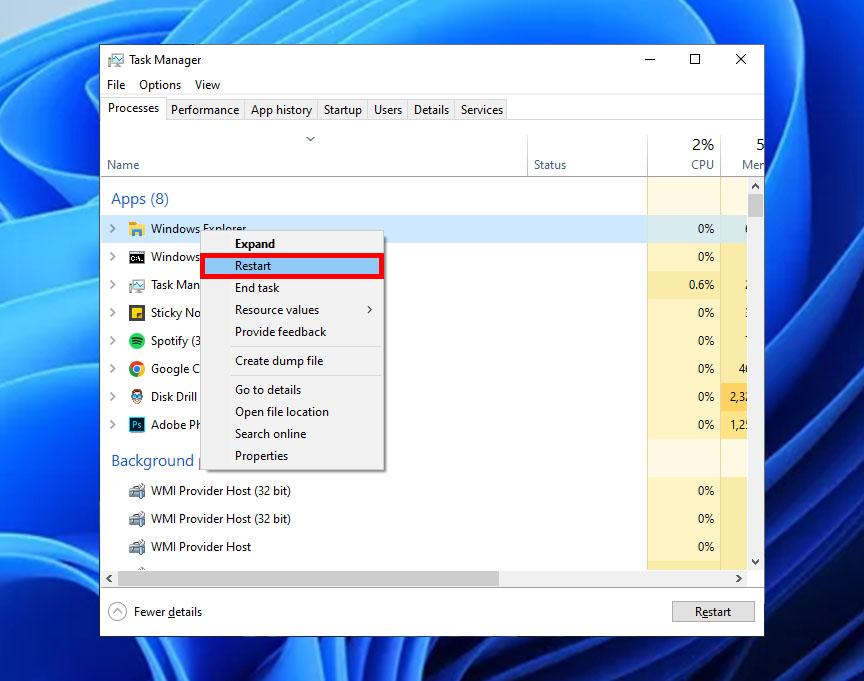
During the restart process, you will see your taskbar flicker for a bit. Once the process is working again, you can try to open the File Explorer again.
Method 3: Enabling Automatic Paging File Size Management
If you still can’t access your File Explorer after restarting Windows Explorer, you can also try changing the paging file size management setting on your Windows PC.
Pagefile or Virtual Memory is a portion of your hard drive that acts as a secondary memory, helping the main memory (RAM) run processes more smoothly.
To enable automatic paging file size management, do the following:
- Access the Control Panel through the Start Menu.
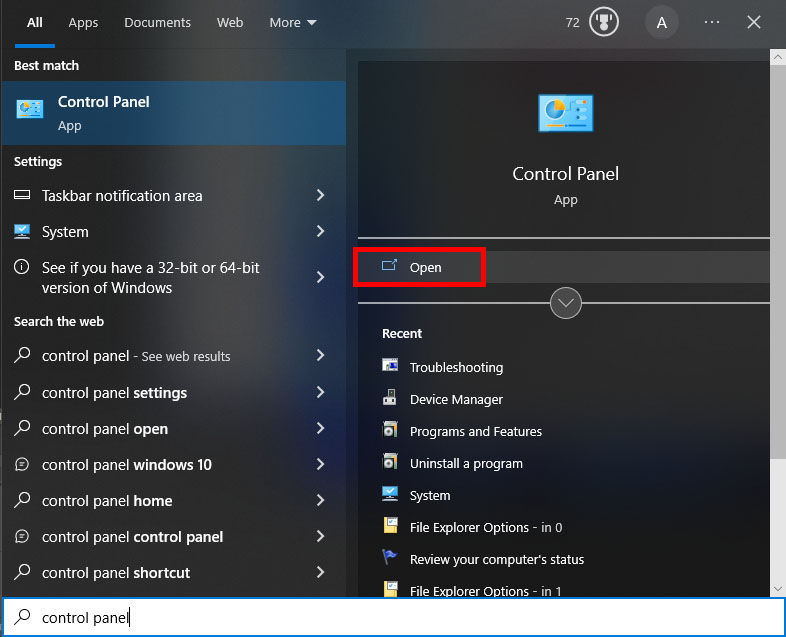
- Go to System > Advanced system settings.
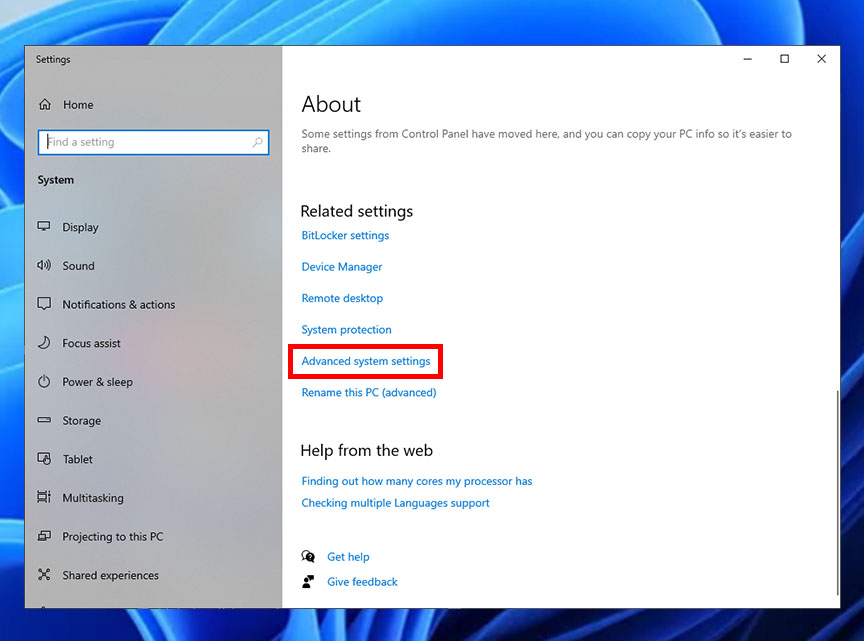
- Go to the Advanced tab. In the Performance section, click the Settings button.
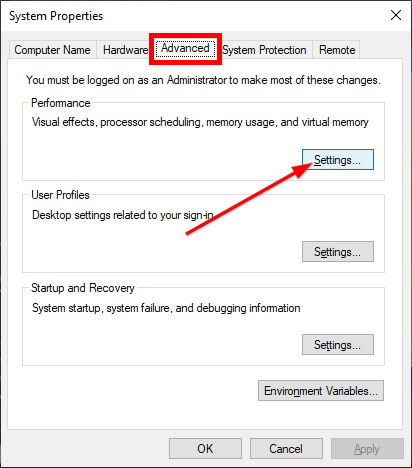
- Navigate to the Advanced tab and select the Programs option under the Processor scheduling section.
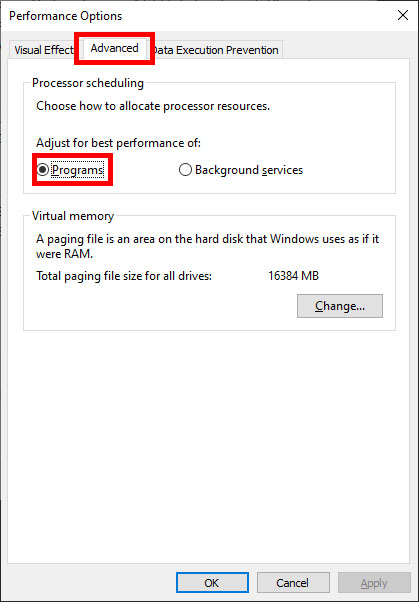
- Click the Change button under the Virtual memory section.
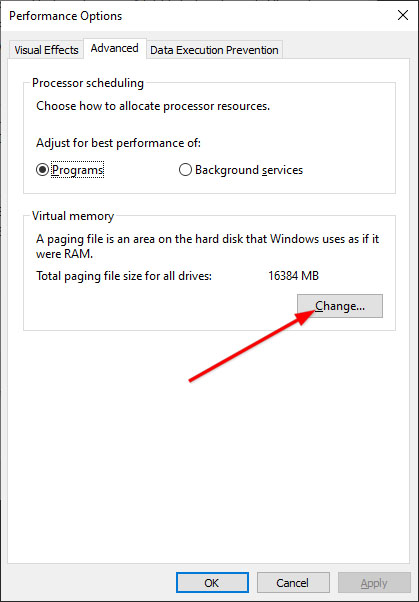
- Tick the box “Automatically manage paging file sizes for all drives” and click OK.
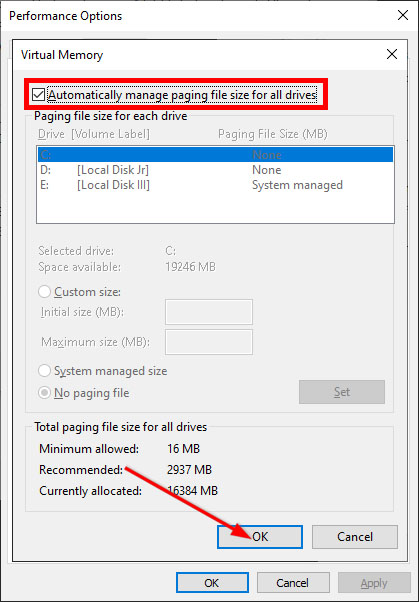
- Restart your PC and try opening the File Explorer again.
Managing your paging file size will help your File Explorer run better if your memory can’t handle your computer’s processes. However, if lack of memory is the reason why you cannot open files on desktop, the better solution would be to upgrade your memory.
Method 4: Clear File Explorer History
The File Explorer History can bloat up over time and impact the performance of your File Explorer. Clearing the File Explorer History can help improve Explorer’s responsiveness.
To clear the history, go to the Start Menu > Search “File Explorer options” > Go to the General tab > Clear File Explorer History > Clear.
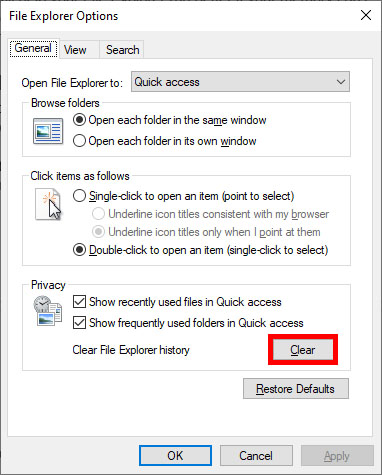
After the process, restart your PC and try to access File Explorer again.
Method 5: Run System Maintenance Troubleshooter
One of the useful Windows built-in tools for repair is the System Maintenance Troubleshooter. Windows automatically runs this program regularly to detect and repair basic Windows problems that prevent folders not opening on double click. Still, you can run the System maintenance Troubleshooter manually to try to resolve your issue.
To do so, simply go to Control Panel >Troubleshooting > System and Security > System Maintenance.
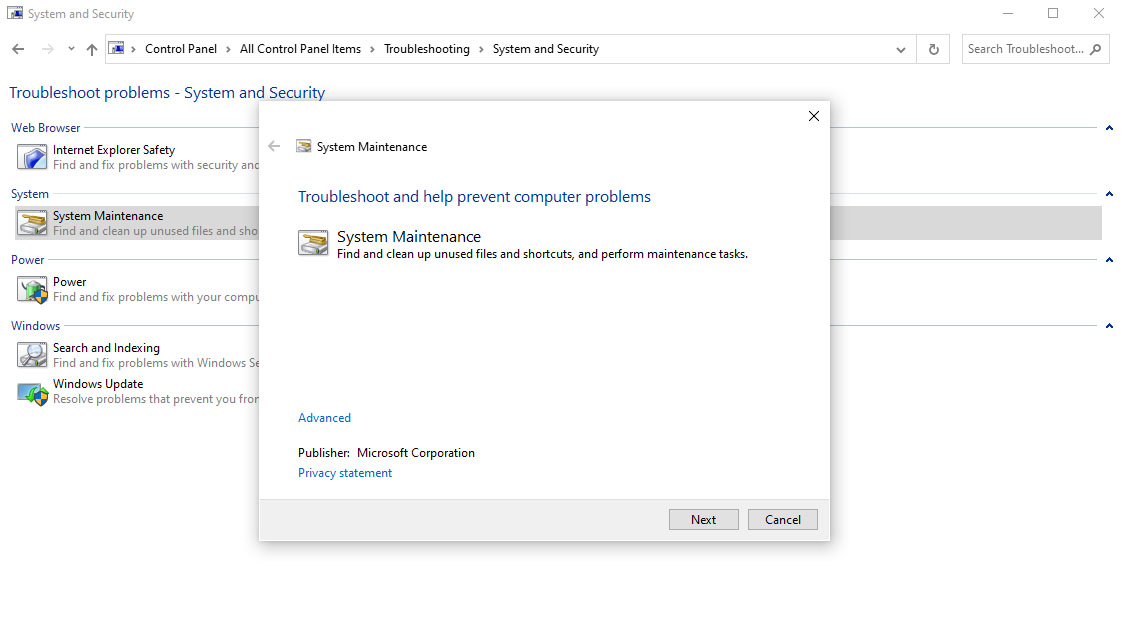
Once the program is open, follow the instructions to proceed.
Method 6: Attempt to Repair System Files Using Console
System file errors can also cause File Explorer to not open. In this case, you can try running the System File Checker or the Deployment Image Servicing and Management (DISM) utility on Windows.
- Enter sfc /scannow from the elevated Command Prompt.
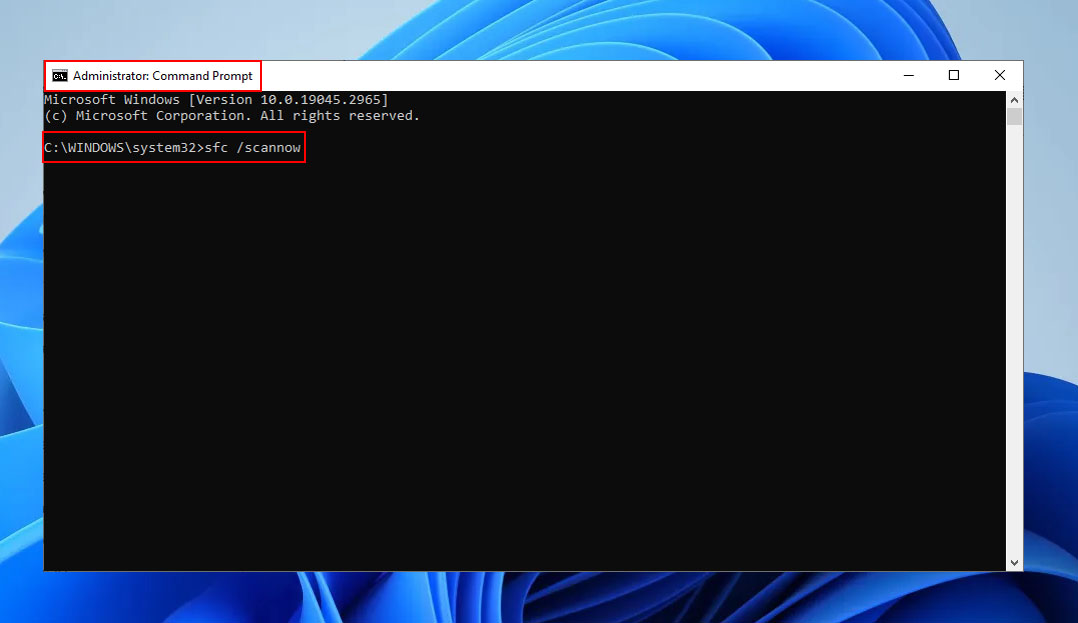
- Enter DISM.exe /Online /Cleanup-image /Restorehealth from the elevated Command Prompt. This repairs broken fragments of your Windows Installation or update. Note that this requires an internet connection to work.
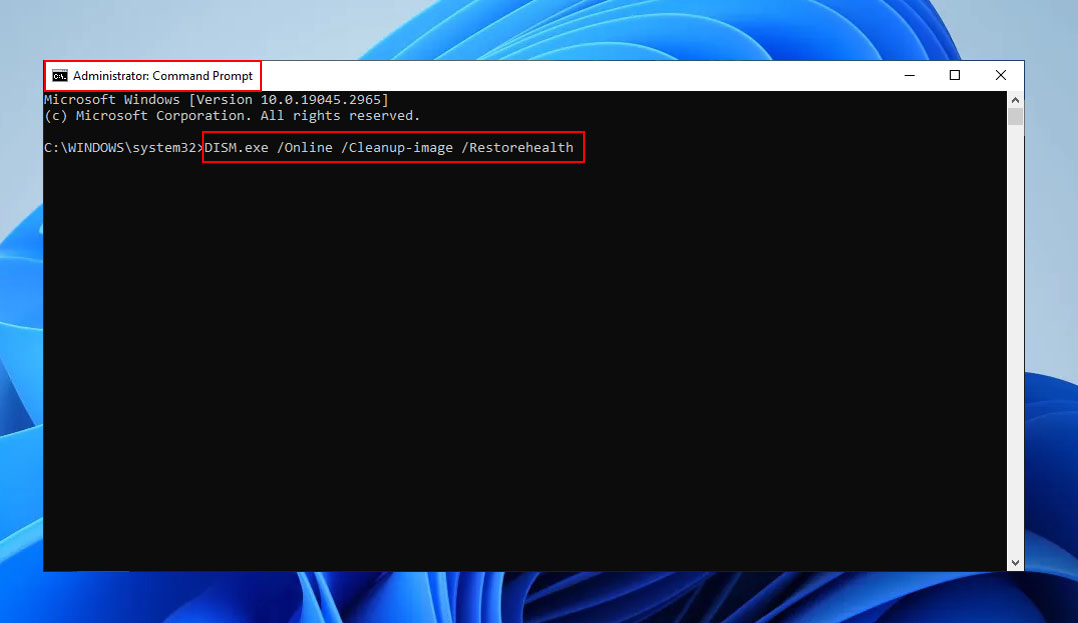
Method 7: Check for OS Updates
Buggy or old Windows versions may lead to this issue. Go to Settings > Windows Update and check if there are updates available. Once updated, you can try to open File Explorer again and see if it works now.
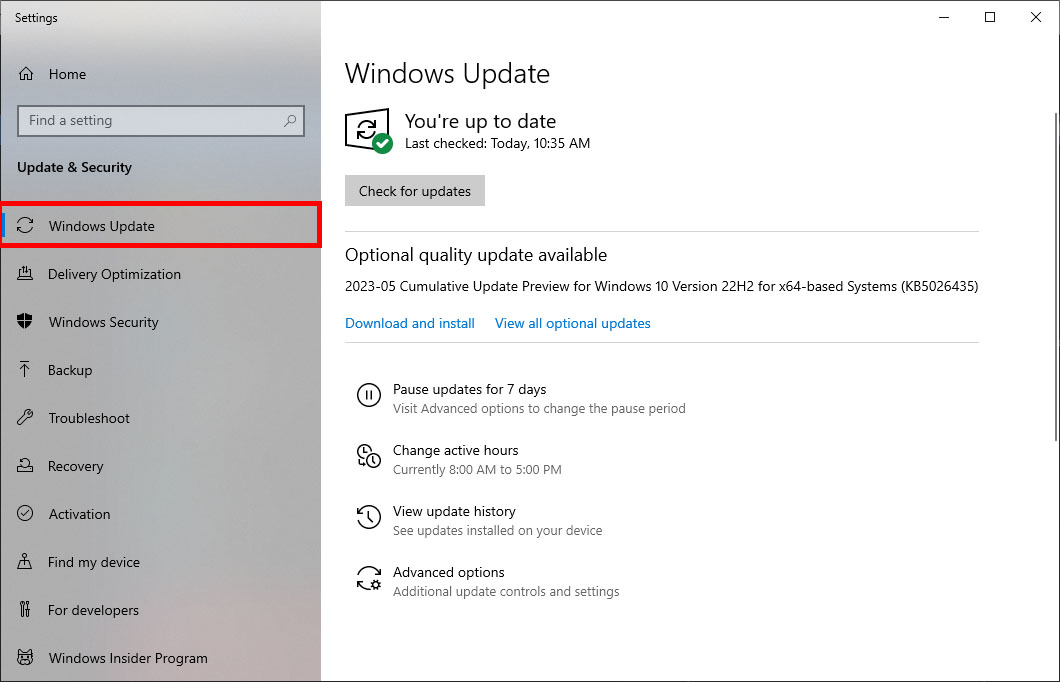
Method 8: Scan For Malware
If the previous methods did not solve your folder issues, chances are your PC has been infected by malware all along. You can verify this by running a system scan using a reliable antivirus program.
In this example, we’re using Windows Security, the built-in PC defense program for Windows. However, you can choose to scan your PC with an antivirus tool of your preference.
- To get started, open Windows Security and go to Virus and Threat Protection tab.
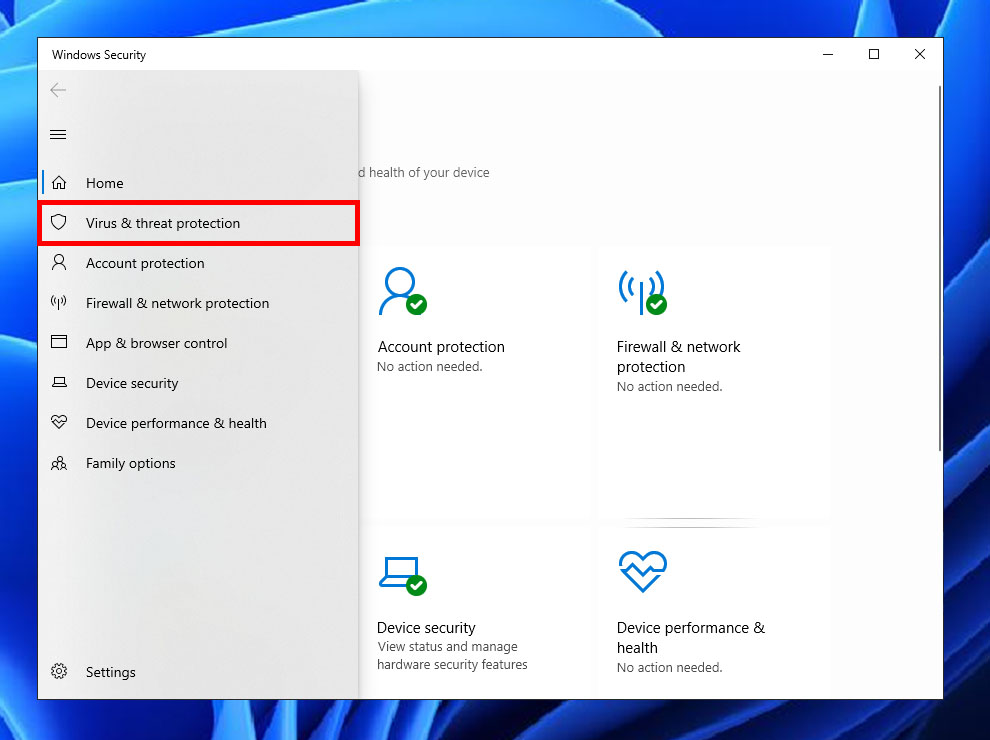
- Under the last scan information, click Scan options.
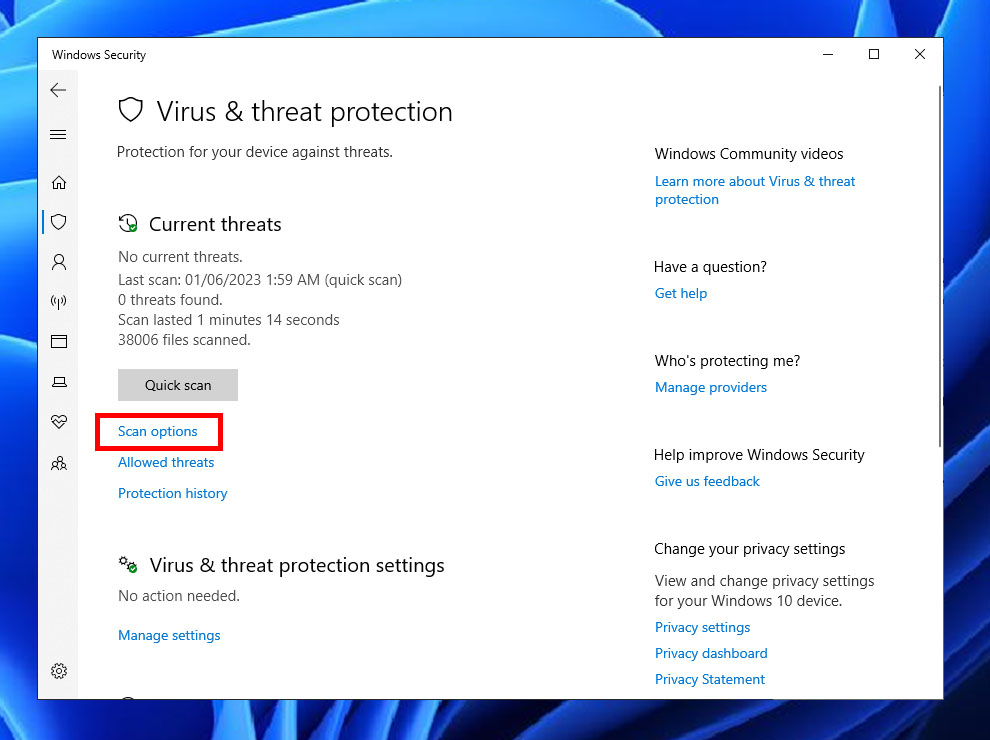
- Select Full Scan and click Scan now to run the antivirus tool.
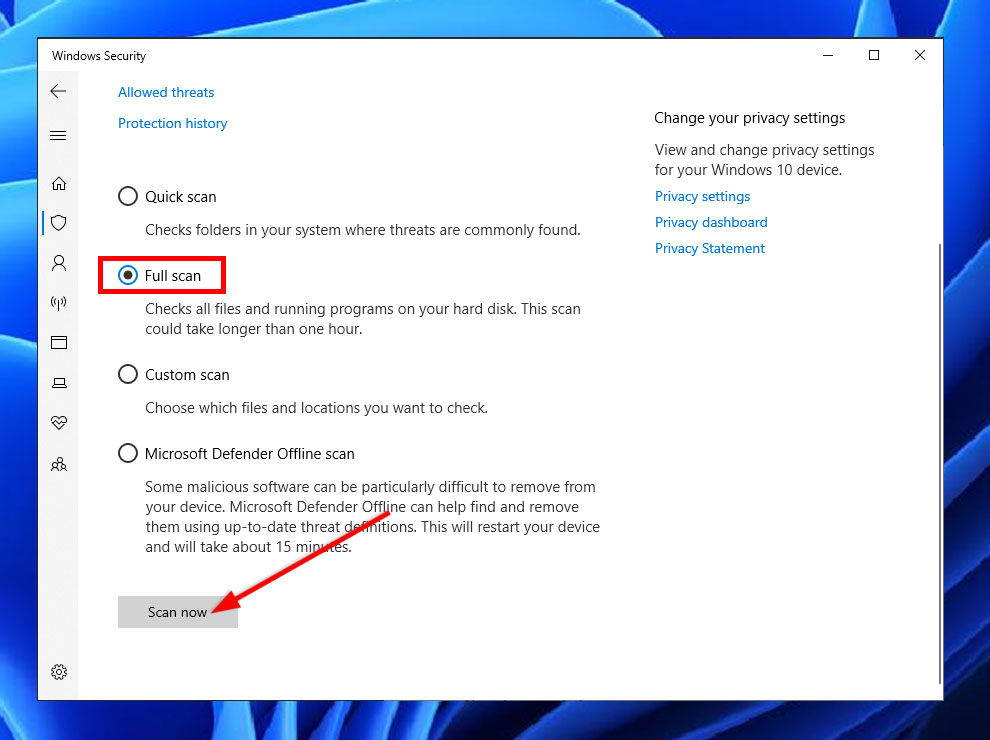
The Full Scan option will allow the app to scour your entire storage drive for malware or viruses.
Method 9: Give Your PC a Fresh Start
If none of the previous methods worked, you could try to give your PC a Fresh Start with the Windows 10/11 Reset PC feature. This initializes a clean reinstallation and update of Windows while guaranteeing most Windows settings and data are intact after reinstalling. This method is a suitable solution if folders are not opening in Windows after update.
On Windows 10
Reset your PC by going to Start > Settings > Update & Security > Recovery > Reset this PC > Get Started. Then, make sure to choose Keep my files. Also, set Restore preinstalled apps? to No if the option is available.
For Windows 10 versions before 2004, the feature was called Fresh Start. To run the feature, go to Start > Settings > Update & security > Windows Defender > Device performance & health. Under Fresh Start, select Additional info > Get Started.
Note that Fresh Start or PC Reset will delete most of your apps, including Microsoft apps and system settings. To restore the computer’s previous state, you have to reinstall the apps and recover deleted folders.
On Windows 11
Reset your PC by going to Start > Settings > System > Recovery > Select Reset PC next to Reset this PC.
Make sure to choose Keep my files and set Restore preinstalled apps? to No if the option is available.
Method 10: Make Clean OS Reinstall
Sometimes, the previous method may be unavailable due to any damage to system files or peculiarities of your Windows install. In this case, the last option is a clean install of Windows.
Note, though, that this will result in the formatting of your hard drive or the complete unavailability of all data on the system drive. This will also potentially overwrite some data. You can reinstall Windows without losing files to avoid lower chances of getting your files back, even using data recovery software.
Conclusion
Encountering issues when opening folders on Windows is not as uncommon as one might initially think. And while it might look like a simple error, you can still suffer from data loss while troubleshooting it. To avoid this, it’s best to back up your important files before attempting any fixes.
Then, you can try simple methods such as opening File Explorer using the command prompt, resetting the Windows Explorer process in the Task Manager, enabling automatic paging file size management, clearing File Explorer history, running the system maintenance troubleshooter, and repairing system files using the command prompt.
You can also check for OS updates, scan for malware, run Reset PC, or try a clean OS reinstall if the other methods do not work.
Remember to follow all instructions carefully, and if all methods are exhausted to no avail, consider asking for assistance from a professional.

